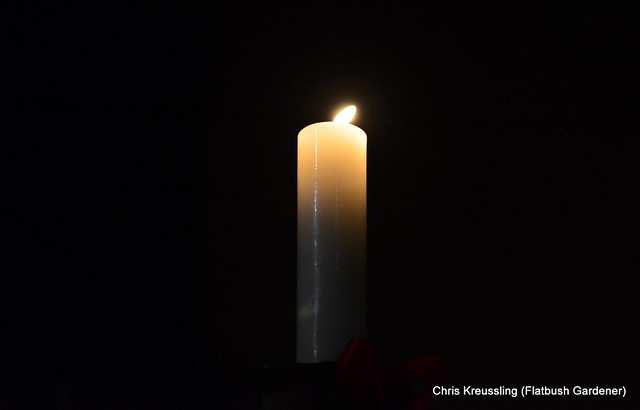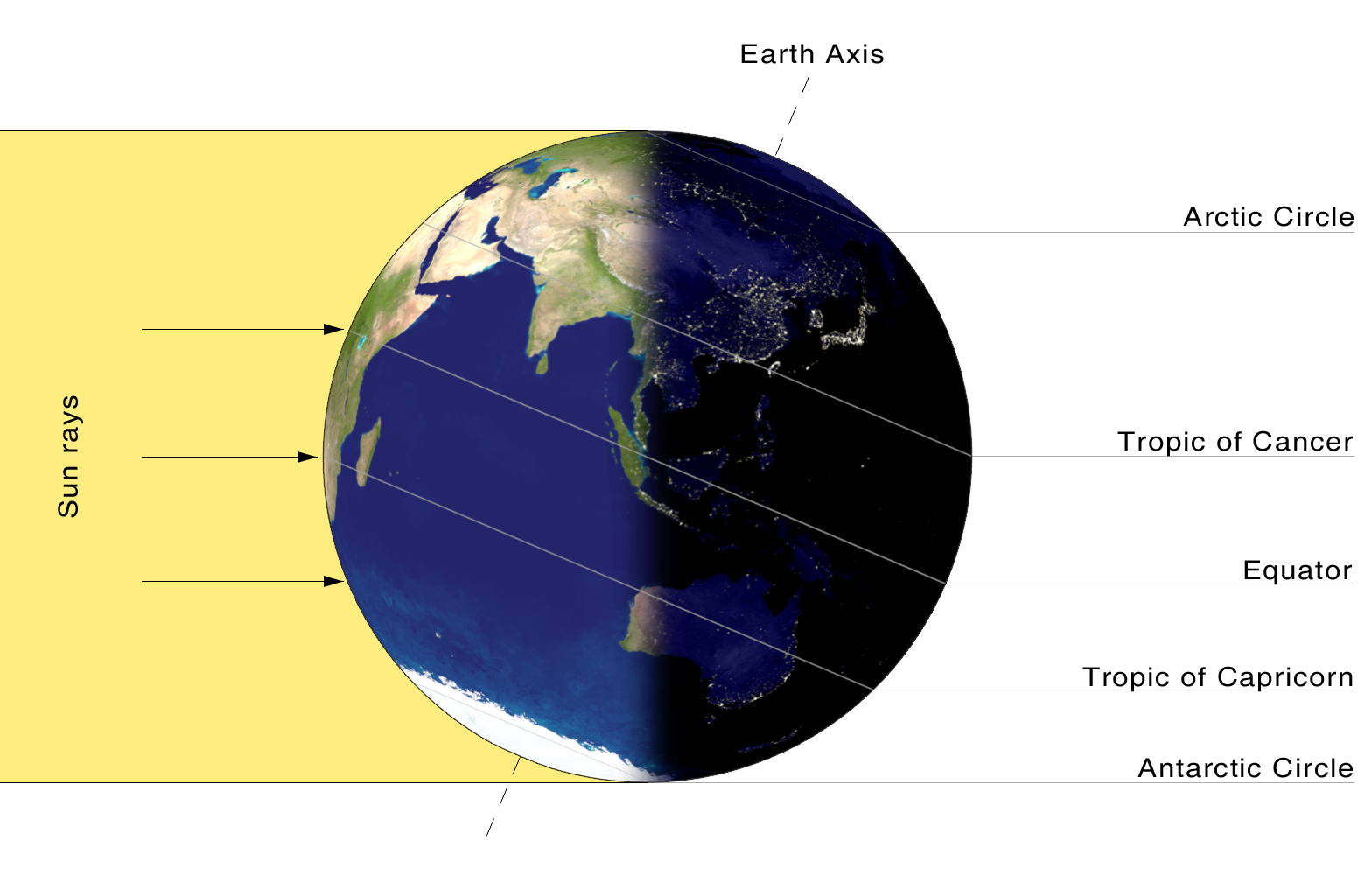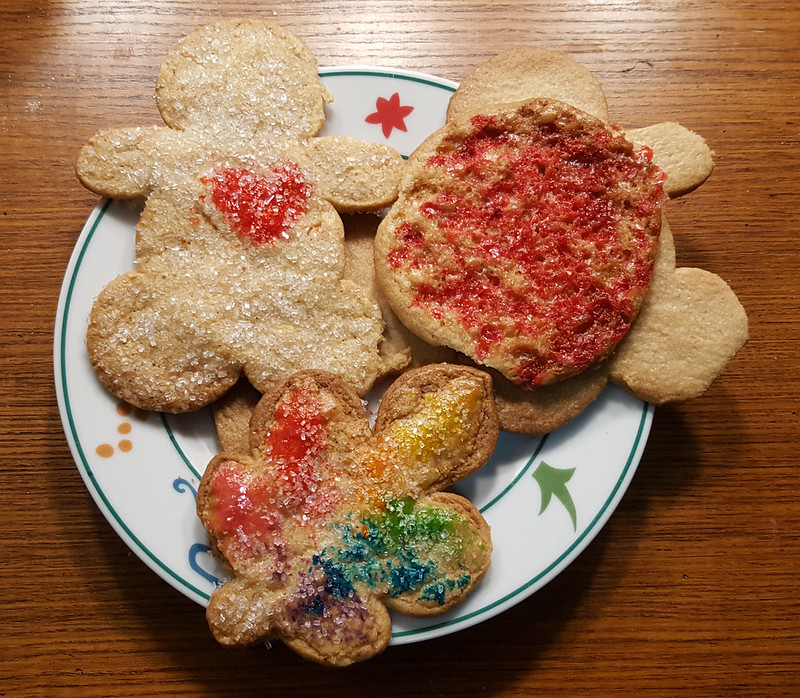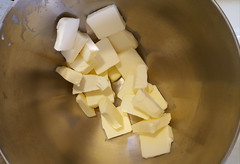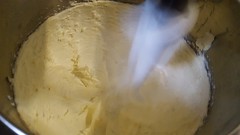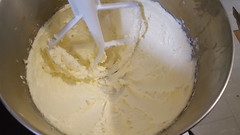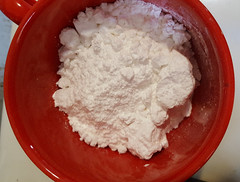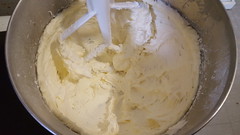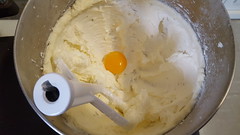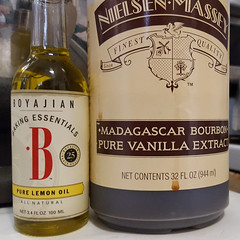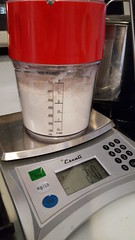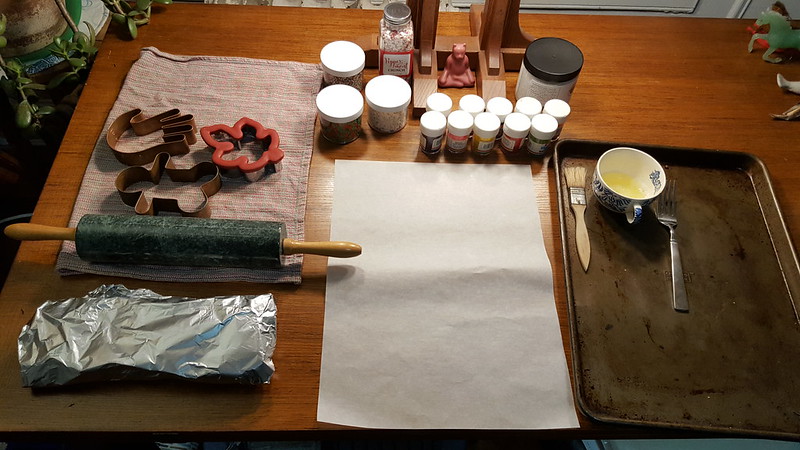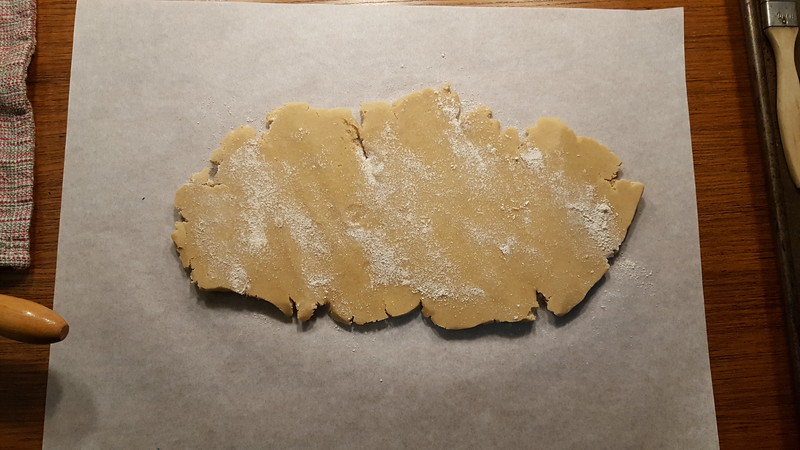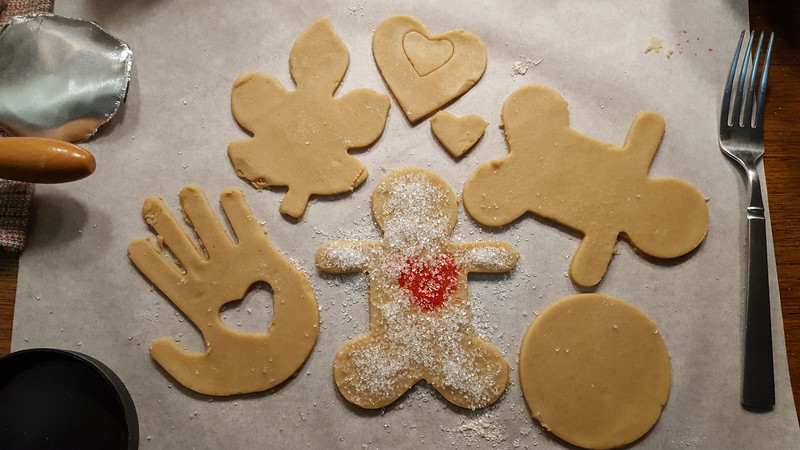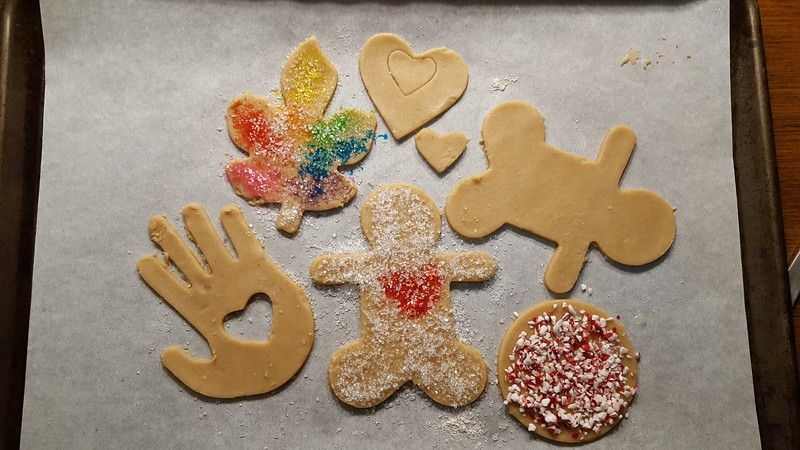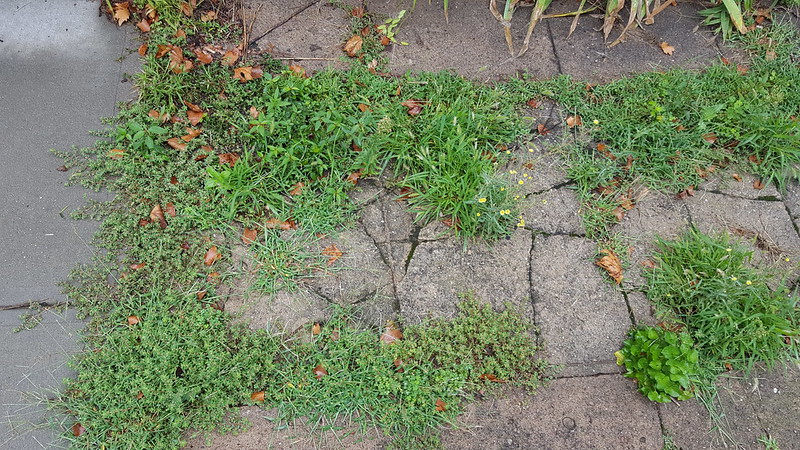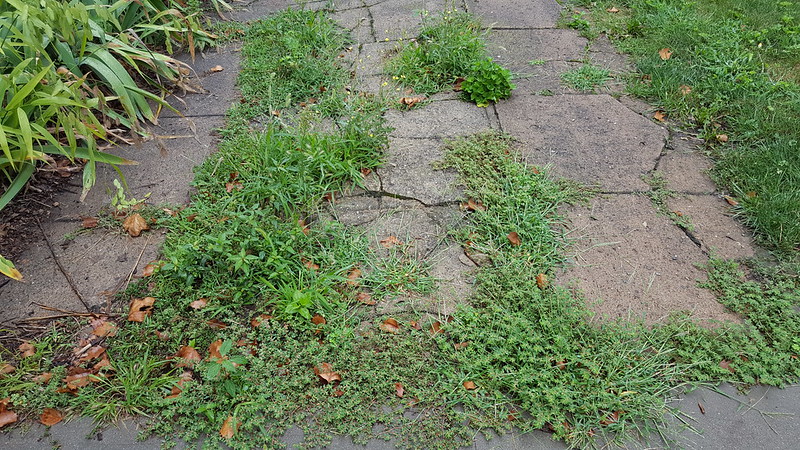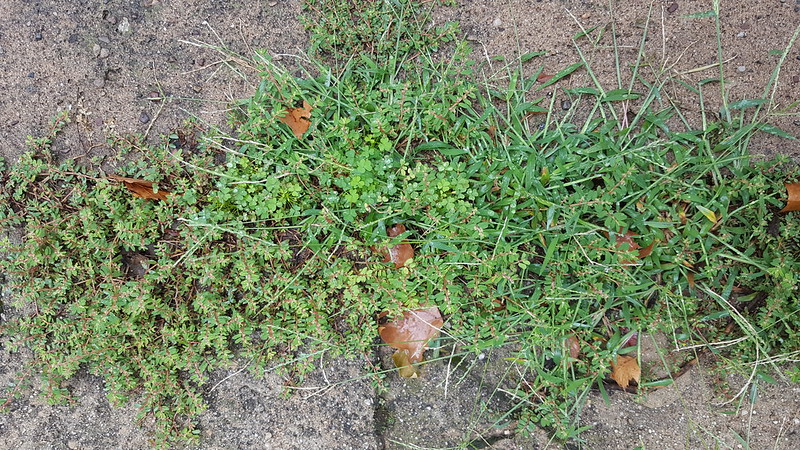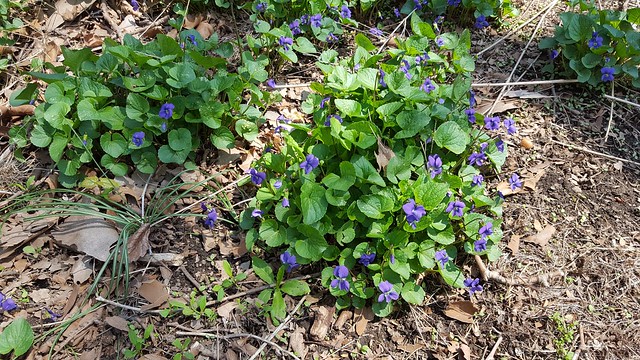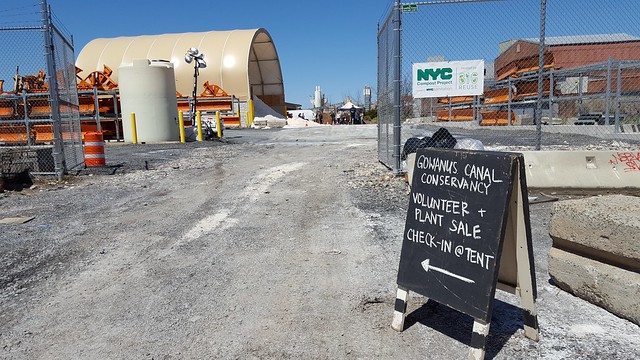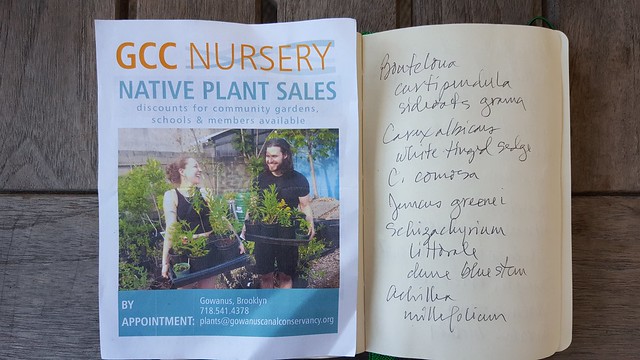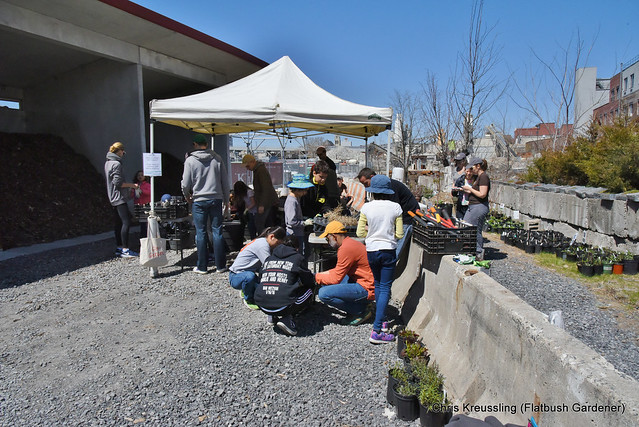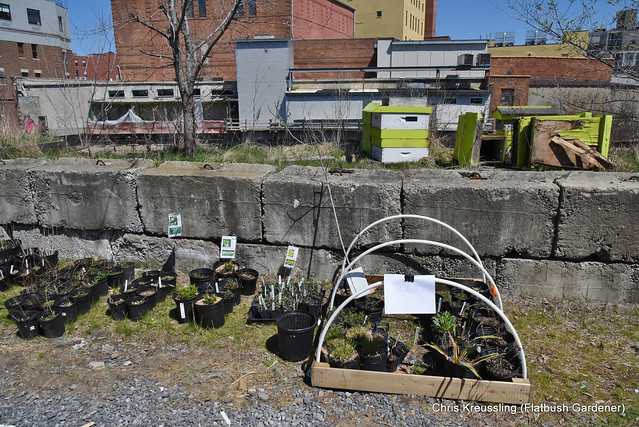2018-06-23: Updated with more links.
Following is the outline, speaker notes, and references of my talk at this year’s Native Plants in the Landscape Conference. This was to have been published as a speaker handout for attendees, but it never made it to the conference Web site. So I’m publishing it here.
This isn’t intended to stand alone. This post has many links to my blog posts and photos for further reading and viewing. And the presentation itself is available on Slideshare.
About Me
My New York City Gardens
1981-1992: East Village, Manhattan
Lesson: Buildings -> Shade
1992-2002: Park Slope, Brooklyn
Lesson: Concrete -> Containers
2002-2005: Park Slope
Lesson: Weeds and Invasives
2005 to Present: Flatbush, Brooklyn
Lessons: all of the above
Genius Loci
Geography is Destiny
Long Island
PLACE: Long Island Geography > NYC Eco-Regions > Flatbush
Wikipedia: http://en.wikipedia.org/wiki/Geography_of_Long_Island
NASA Landsat satellite global mosaic image of Long Island, New York
URL: http://en.wikipedia.org/wiki/File:Long_Island_Landsat_Mosaic.jpg
Long Island
Wisconsin Glaciation: ~21K years ago
Bennington, J Bret, 2003. New observations on the glacial geomorphology of Long Island from a digital elevation model (DEM). Long Island Geologists Conference, Stony Brook, New York, April 2003.
• Rpm: Roanoke Point Moraine – North Fork
• Rm: Ronkonkoma Moraine – South Fork
• HHm: Harbor Hill Moraine – North Shore, into Brooklyn and Staten Island
• Kd: Kame Deltas
Central Brooklyn
The Wooded Plain
“Flatbush”: Anglicization of old Dutch:
• “vlachtebos” (vlacke bos, vladbos, flakkebos)
Land use History:
• Home of Lenape and Canarsie. https://native-land.ca/
• Dutch “settled” in early 1600s
• Primarily used for agriculture: woodland -> pasture, meadow
• Railways provided access from “the city” (Brooklyn) through “the country” (Flatbush) to beach resorts, e.g.: Coney Island
• 1870s: Prospect Park
• 1880s: Brooklyn Bridge
• One of five townships consolidated into the City of Brooklyn (Kings County) in 1890s.
• Last farms converted to residential in 1890s, early 1900s: pasture/meadow -> savannah
• Excursion railways converted to commuter lines
Ground Truth (My Neighborhood)
My garden is located roughly ½ mile south of Prospect Lake.
Landscape vernacular:
• Mow&Blow
• Green Death
Ecological Regions (EcoRegions)
In these maps, dashed lines are state boundaries.
Bailey (Roman numerals for Levels) v. Omernik/EPA (3-digit #s + letters)
Bailey: Levels I, II, and III
Level I:
8.0 Eastern Temperate Forests
5.0 Northern Forests
Level II:
8.5 Mississippi Alluvial and Southeast USA Coastal Plains
8.3 Southeastern USA Plains
8.1 Mixed Wood Plains
Level III:
8.1.7/59: Northeastern Coastal Zone
8.5.4/84: Atlantic Coastal Pine Barrens
8.3.1/64: Northern Piedmont
Level IV (Omernik)
http://ecologicalregions.info/htm/na_eco.htm
https://www.epa.gov/eco-research/ecoregions
https://www.epa.gov/eco-research/ecoregions-north-america
My Garden
Garden Where You Are
Backyard
Front yard
Biodiversity
2011 Garden Tours:
• NYC Wildflower Week
• Victorian Flatbush House (& Garden!) Tour
URL: http://goo.gl/8LgEN#mygarden
Garden #4
2009: Certificate in Horticulture, Brooklyn Botanic Garden
2011: National Wildlife Federation Wildlife Habitat #141,173
2012: Xerces Society Pollinator Habitat
2017: NABA Butterfly Garden #2348 and Monarch Garden
My Backyard Native Plant Garden
The Front Yard
I replaced most of the remaining front lawn in 2014.
Biodiversity
If you plant it, they will come
Plants
Native Plants
Species Acquisitions – “Plant More”
Can you tell from this chart the first year I attended NPILC?!
Insects in my Garden
Cumulative count of my observations of insects in my garden
|
Family
|
Common Name
|
# Species
|
|
Coleoptera
|
Beetles
|
19
|
|
Diptera
|
Flies
|
23
|
|
Hemiptera
|
Bugs
|
9
|
|
Hymenoptera
|
Bees
|
27
|
|
Hymenoptera
|
Wasps
|
26
|
|
Lepidoptera
|
Butterflies, Moths, and Skippers
|
22
|
|
|
126
|
Excludes many other arthropod groups, including other insect families not listed here, spiders, centipedes, millipedes, etc.
1st BugGuide post: 2007! Neotibicen canicularis, dog-day/annual cicada
Joined iNaturalist in 2013, but posted my first observation in 2017
Allium triccocum, ramps
Aquilegia canadensis, red columbine
Limestone
Calcareous
Alvar
Grike
Aristolochia tomentosa, pipevine, Battus philenor, pipevine swallowtail
Coccinella novemnotata, C9
Glossary: Extirpated
Coleomegilla usurps Coccinella as New York State Insect, 2006-06-23
Coccinella novemnotata, nine-spotted lady beetle, aka “C9”, 2016-06-24
Timeline
1970: Coccinella novemnotata (C9) is the most common lady beetle species in the northeastern U.S.
1980: Nominated as New York state insect.
1980s: Begins rapidly declining. Speculation as to causes includes competition with introduced species, but no definitive answers have yet been found.
1982: Last seen in New York state.
1989: Designated NY State Insect, despite being apparently absent for 7 years.
1992: Last seen in the eastern U.S.
2000: The Lost Ladybug Project initiated as a citizen science project.
2006-06-15: Bill 2005-A06247 passes the NY State Assembly to change the state insect from Coccinella novemnotata, extirpated from NY State, to Coleomegilla maculata.
October 2006: C9 re-discovered in Virginia, first time it’s seen on the East Coast since 1992, 14 years.
2011-07-30: C9 rediscovered on Long Island, first time seen in New York since 1982, 29 years.
2016: Lost Ladybug Project launches program to re-introduce captively bred C9
Gardening for Insects
Stop using pesticides in the garden. Not just insecticides, but herbicides, fungicides, etc.
Grow more native plants, and more varieties of them. Many insects feed on plants in their larval stages, e.g.: caterpillars, and can’t feed effectively on plants with which they haven’t co-evolved.
A variety of native plant species also provides more flowers to provide nectar and pollen for adult insects. Choose plants that have clusters of small flowers, which will attract a larger diversity of insects than big, blowsy flowers.
Leave piles of leaf litter, old logs and branches, standing dead stems of plants. These provide shelter for eggs, pupae, and adults.
Colletes thoracicus, cellophane bee
Dioprosopa clavata, four-speckled hoverfly
NEW YORK STATE RECORD
Glossary: Adventive
Heuchera ‘Caramel’
Glossary:
• Native
• Hybrid
• Selection
• Cultivar
• Patent
Plant Patent (PP) #15,560
https://patents.google.com/patent/USPP16560P3/en
Sandrine Delabroye
“The inventor discovered the new cultivar, ‘Caramel’ as a chance seedling in a cultivated nursery bed in Hantay, France, CT in 2003. Although the parentage is unknown, the characteristics of the new cultivar and the proximity of plants of Heuchera villosa ‘Autumn Bride’ (not patented) suggests that ‘Autumn Pride’ is a probable parent.”
Impatiens capensis, orange jewelweed
Volunteers and urban habitats – the “moist meadow”
Oxalis stricta, yellow wood-sorrel
What’s a “weed”?
Other native weeds:
• Acalypha virginica, Virginia Copperleaf, Virginia Threeseed Mercury
• Ageratina altissima, white snakeroot
• Amaranthus retroflexus, Redroot Pigweed (Amaranth)
• Conyza canadensis (Erigeron canadensis), Horseweed
• Erechtites hieraciifolius, American burnweed
• Juncus tenuis, Slender Rush, Path Rush, Poverty Rush
• Lepidium virginicum, Virginia pepperweed, peppergrass
• Lobelia inflata, Indian tobacco, puke weed
• Oxalis stricta, Upright Yellow Wood-Sorrel, Common Yellow Oxalis
• Phytolacca americana, Pokeweed
• Plantago rugelii, blackseed plantain
• Solanum ptycanthum, Eastern Black Nightshade
• Viola sororia, Common Blue Violet
Pycnanthemum muticum, mountain-mint
Pollinator magnet
https://vimeo.com/136679893
Sphecius speciosus, cicada killer
Viburnum dentatum, arrowwood, Pyrrhalta viburni, Viburnum leaf beetle
Yucca filamentosa, Adam’s needle, Carpophilus melanopterus, Yucca beetle
Why Bother?
Living (and Gardening) in the Anthropocene
Population Urbanization
Habitat Loss
Globalization -> Invasive Species, Emergent Diseases
Injustice and Inequity: Environmental, Economic, Social
Climate Change
2018 = 60th anniversary of the Keeling curve
CO2 has increased by 32% IN MY LIFETIME
65 people died in New York state, 44 of them in New York City, 8 in Brooklyn, as a result of Sandy.
https://en.wikipedia.org/wiki/Effects_of_Hurricane_Sandy_in_New_York
https://whitneyhess.com/blog/2012/11/05/the-people-who-were-killed-by-hurricane-sandy/
The Sixth Extinction
Extinction Symbol
Lost Species Day of Remembrance: November 30th
Extinct Plant Species of Northern North America
Defiance and Resistance
Related Content
Coleomegilla usurps Coccinella as New York State Insect, 2006-06-23
Coccinella novemnotata, nine-spotted lady beetle, aka “C9”, 2016-06-24
1st BugGuide post: 2007! Neotibicen canicularis, dog-day/annual cicada
Joined iNaturalist in 2013, but posted my first observation in 2017
Flickr: Insects in my Garden
Links
